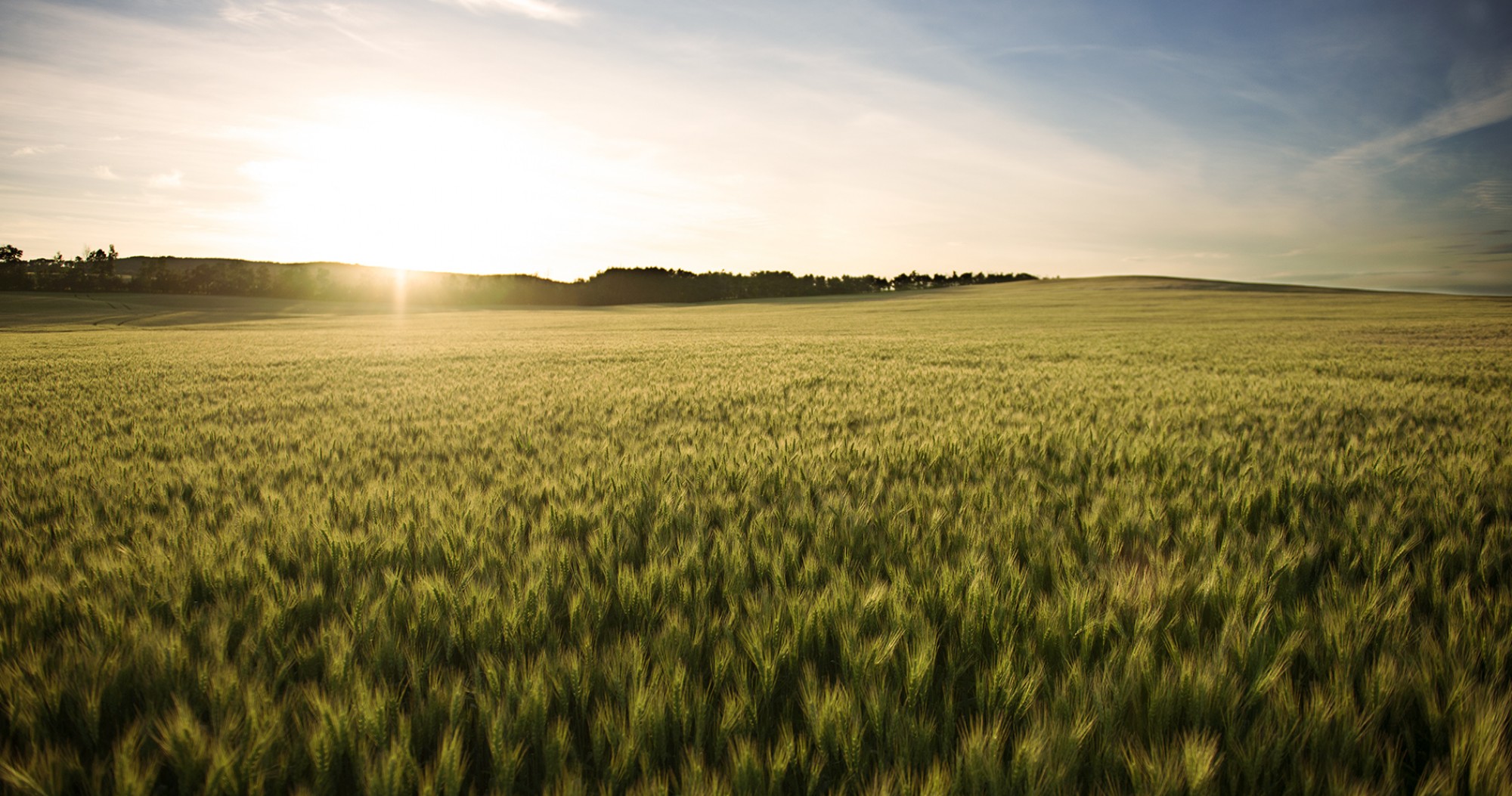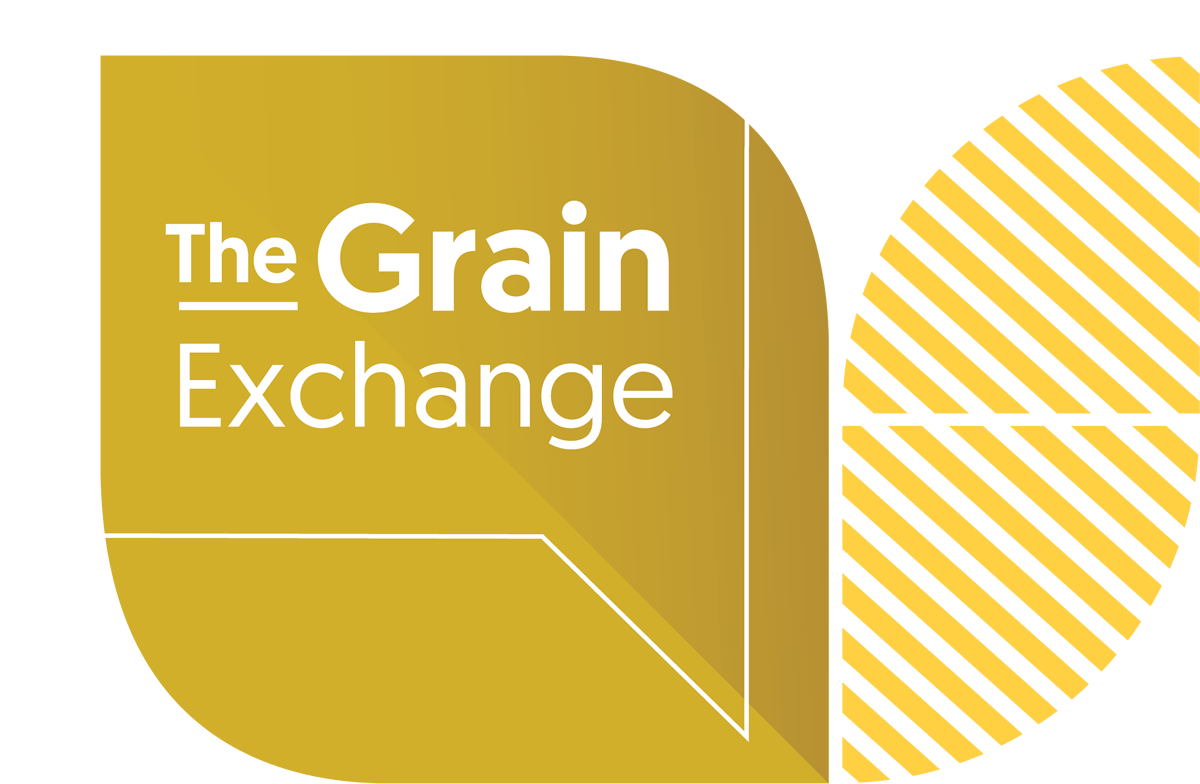Spring wheat fertilizer use survey results: A three year summary
Between 2021 and 2023, Alberta Grains contributed funding to the Fertilizer Use Survey, implemented by Fertilizer Canada. These funds supported the inclusion of spring wheat in the annual fertilizer use survey. This was the first time that spring wheat was included in the survey since 2016.
The goal of the survey is to understand how farmers use and make decisions about fertilizer. After three years of surveys, valuable information on the common fertilizer practices for spring wheat and how the trend changes over time has emerged. This information helps provide guidance for research, extension and policy initiatives.
The fertilizer use survey answers a wide range of questions, such as what are the most common fertilizer sources at each application timing; the average rate of fertilizers, and do farmers develop their fertilizer programs based on soil test results?
To avoid confusion, all fertilizer practices mentioned below are specific to spring wheat. The “farmers” refers to spring wheat farmers, and “fields” refers to spring wheat fields.
Between 2021 and 2023, 12 to 16% of the farmers applied their nitrogen in the fall. Among fall N application, the use of anhydrous ammonia declined in 2023. Only 58% of total fall N was applied as anhydrous ammonia in 2023, compared to 71.2% in 2022 and 62.3% in 2021.
In contrast, we saw an uptake in the use of both ESN/SuperU and UAN in the fall. Especially for ESN/SuperU, 20.4% of total fall N was applied as ESN or SuperU, compared to only 10% in 2021. SuperU was the most popular source that accounted for 20% of the fall N applied.
The majority of spring wheat farmers, or around 85%, apply their N at planting. At planting, around 64% of the N was applied as urea. The rest of the N was applied as ESN/SuperU (10%), UAN (6.3%), anhydrous ammonia (5.5%) and 14.4% from other N sources.
As for placement, nitrogen was banded at planting on 77% of the fields, with 39% mid-row banded and 38% side-banded. Banding in spring is the practice that minimizes N loss while also making N readily available to the plants. Adopting this practice helps increase fertilizer efficiency and reduce N losses.
The average N rate saw a slight fluctuation between 2021 and 2023. In 2021, an average of 108 lb N/ac (equal to 235 lb urea/ac) was applied across the prairies. The rate decreased to 92 lb N/ac in 2022, and rose slightly in 2023 to 99 lb N/ac.
The dry weather conditions, price fluctuations, and soil nitrogen carryover seen on soil tests likely had an impact on the average N rates. In 2023, a majority of the N, or 70%, was applied between the rates of 75 to 135 lb N/ac.
The use of Enhanced Efficiency Fertilizers (EEFs) showed very different trends at each application timing. Fall-applied nitrogen is prone to both volatilization and denitrification.
For this reason, SuperU, a dual inhibitor is the most popular, accounting for 20% of total N applied in the fall. A dual inhibitor opens the possibility of applying fall N before the soil cools down to 5 °C. It also help reduce N loss through denitrification during spring snow melt period(1). When applying N in spring before planting, a urease inhibitor product is the most favoured (11.4% of total N), followed by a nitrification inhibitor (5.6%) product.
At planting, ESN was the most favoured EEF (6.8%), likely due to its relative seed safety that makes it suitable to be seedplaced( 2). Compared to fall application, farmers are less likely to use EEFs at planting time. This is potentially because 77% of the acres are either mid-row or side-banding N fertilizers while seeding. Deep banding reduces the risks of N loss(3), lowering the motivation to use EEFs.
When applied in-crop, the use of EEFs picks up again, where 53% of the N applied in-crop are some form of EEF. The most popular option is dual inhibitors. Because of the high risks of N loss when broadcasted in-crop, prairie farmers are adopting the EEFs to make this application more efficient.
The trend for phosphorus and potassium did not change between 2016 and 2023, around 90% of the total P and K were applied at planting time. The average phosphorus rate ranged around 30 lb/ac between 2016 and 2023 (pg216). In 2023, 80% of the phosphorus was applied between the rates of 25-55 lb/ac.
Since the majority of the prairie soil is potassium-sufficient, 61% of the spring wheat acres did not receive any K fertilizer. Generally, growers in the boreal plain and sub humid prairies, generally dark grey and black soil zones, applied higher K rates than semi-arid prairies.
When we look at 4R fertilizer stewardship, there are distinctive trends in the adoption. For example, large farms, young farmers and those familiar with 4R practices are more likely to adopt variable rate fertilizer application. Another example is the use of N-fixing or pulse crop in the year prior to spring wheat. Growers in the semiarid prairies and large-scale farms (>4,000 ac) are more likely to have grown a pulse crop in the previous year. Among farms in the semiarid prairie region, 44.3% grew a pulse crop before spring wheat, while other regions ranged 22-26%. When we look at farmer demographic, again, young farmers and those more familiar with 4R program are most likely to grow pulse crops before spring wheat.
Overall, prairie spring wheat farmers are using soil-conserving fertilizer practices commonly. Close to 80% of the fields are banding their N fertilizers at planting to reduce N loss. More farmers (68%) are making fertilizer decisions based on soil test results. There is an upward trend in adopting 4R practices, including variable rates and EEFs, though there is room for technology improvement and more common adoption.
REFERENCES
A Fall Fertilization Refresher, Manitoba Agriculture
Guidelines for Safely Applying Fertilizer with Seed, Manitoba Agriculture
Risks of broadcasting nitrogen fertilizer sources, Alberta Grains

